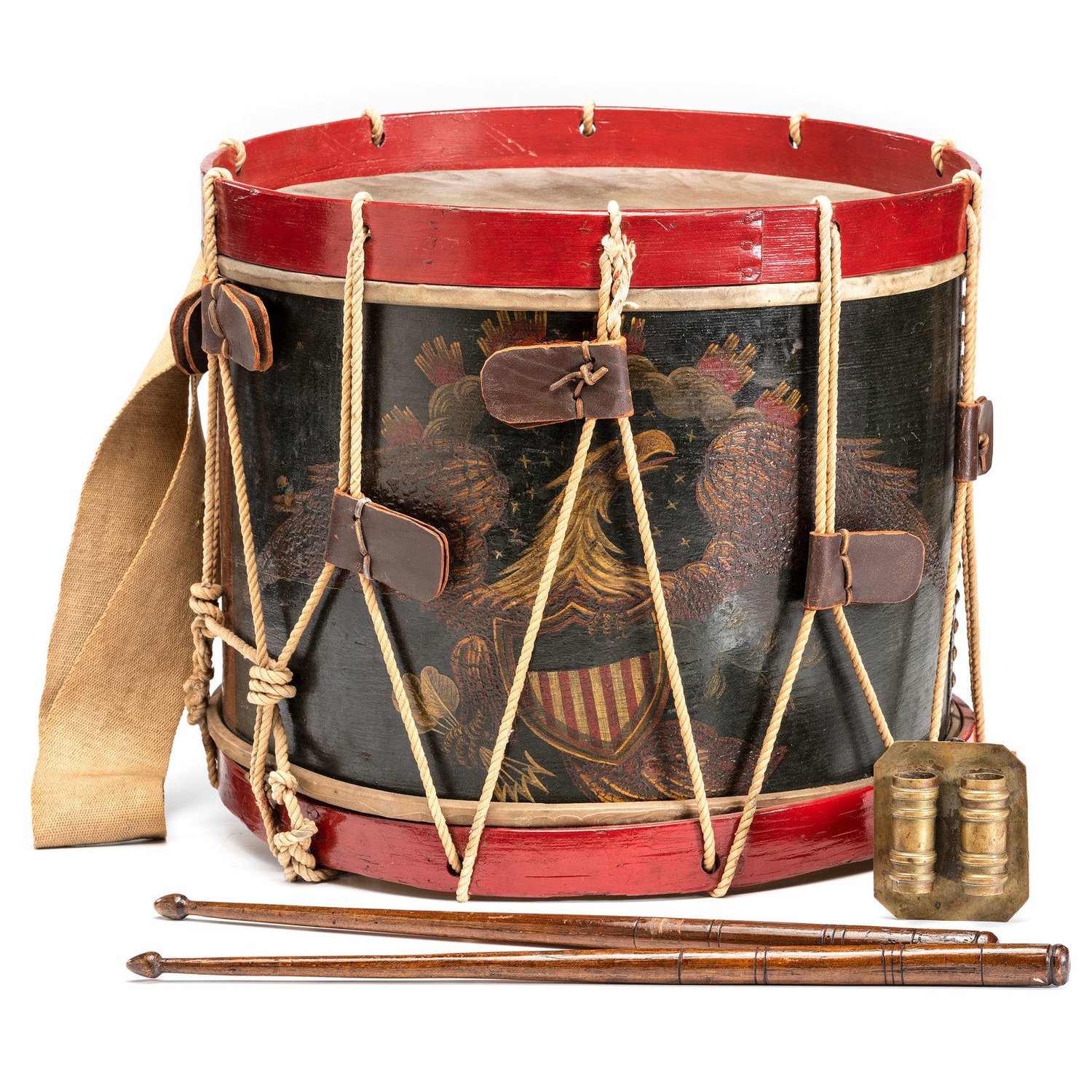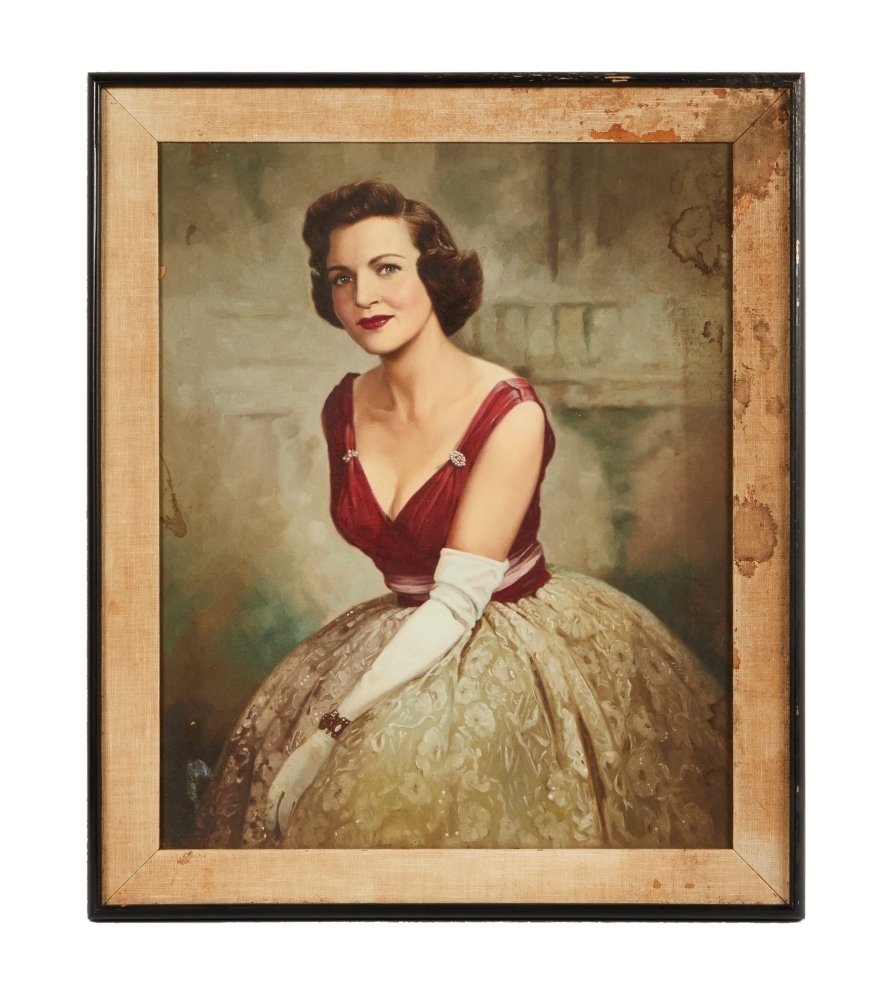#Civil #War #Slavery #Bloodshed #Reconciliation #LiveAuctionTalk
But they offered few justifications for how you could enslave people in a nation where people were supposed to be free. By 1860 white Americans were embarrassed by slavery and abolished it north of Maryland.
It was a different story in the South. The institution continued to grow. In some states black slaves outnumbered white residents.
“The time for compromise has now passed, and the South is determined to maintain her position, and make all who oppose her smell Southern powder and feel Southern steel,” said Jefferson Davis, Pres. of the Confederate States.
“There is no need of bloodshed and war,” Pres. Abraham Lincoln said a month later. There is no necessity for it.”
Lincoln’s words went unheard. Slavery was a moral, economic and political problem that wasn’t going away.
Southern powder and southern steel was an understatement. Each side was convinced they were right, that this would be a short war, and they would triumph in the end.
Northerners were committed to the idea of Union and saw Southern secession as an insult to the flag. Southerners may have favored slavery but they went to war to protect their homes and families from attack.
Open warfare erupted at Fort Sumter in April 1861. Four years later in April 1865, the Southern military and economy was in ruins. Two-thirds of a million Americans were dead and more than a million had been wounded and maimed.
Lincoln issued his Emancipation Proclamation on Jan. 1, 1863. Even though he freed the slaves, once Reconstruction ended in 1877, blacks were mostly ignored and remained second-class citizens for decades.
Gen. Robert E. Lee surrendered and wrote out in pencil on April 10, 1865, a draft of his farewell notice to the men under his command. His short statement was transcribed in pen by a staff officer and signed by Lee.
“I have determined to avoid the useless sacrifice of those whose past services have endeared them to their countrymen. By the terms of the agreement, officers and men can return to their homes and remain there exchanged.”
The Civil War might be the most written about event in American history. America could not escape the problem of slavery and the demands of states’ rights.
We talked the matter over and could have settled the war in 30 minutes had it been left to us one unknown Confederate soldier said in a meeting to a Union soldier between the lines.
On Nov. 30, 2021, Hindman Auctions, featured its American Historical Ephemera & Photography auction. A collection of Civil War items was offered in the sale.
Here are some current values.
Civil War
Post-mortem dissecting kit by Tiemann; 8 instruments; ebony handle scalpels, one steel handle scalpel, one steel handle dissecting hook, a set of wire chain hooks, one set of forceps, and one blowpipe; circa 1860s; $188.
Large format albumen copy photograph of soldiers at camp with additional photographs, circa 1860s; $344.
Artillery Shells; 2; excavated Confederate Reed & Parrott 10-pound artillery shell with wooden time fuze and thin wrought iron sabot; lathe dimple in base; 8 5/8 inches long; $500.
Medals and Badges; 38 approximate; large framed collection; GAR and auxiliary organizations; some ribbons; $750.
Kepis; 2; Grand Army of the Republic; with insignia; Pettibone Mfg. Co.; silk interior, with leather brim and chinstrap; $1,063.




